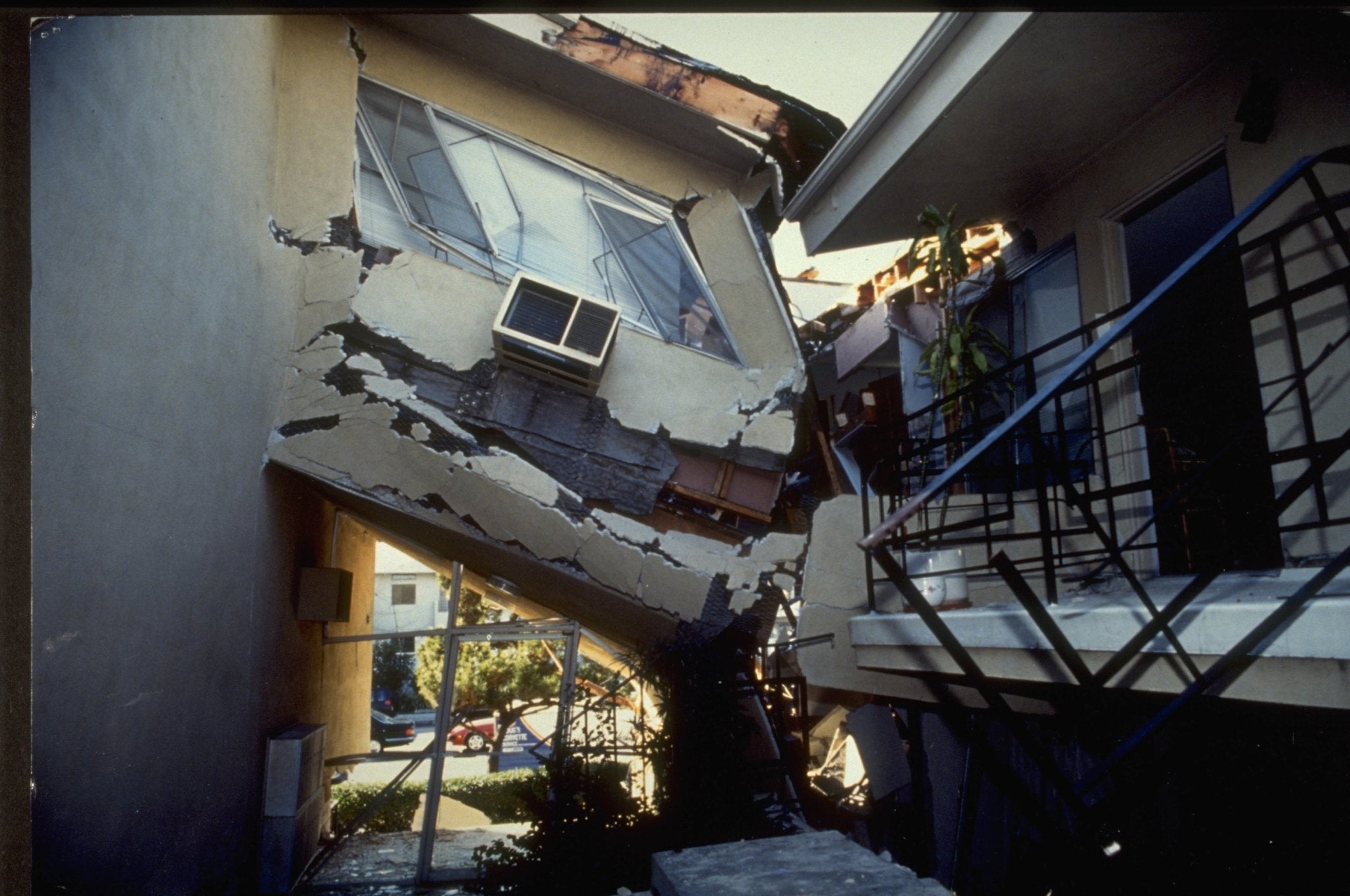Following the Northridge earthquake, it was discovered that steel moment-frame buildings did not perform as expected. The earthquake revealed that welded connections in steel frames, which were assumed to be very reliable, could in fact crack significantly under seismic stress. This observation led to a reevaluation of building codes and practices.
One of the key figures in this reevaluation was Mike Engelhardt, a researcher and engineering professor at the University of Texas at Austin. Before the Northridge earthquake, Engelhardt had already noted issues with the quality control in welding and the potential for cracks in beam-to-column connections. His research, published in the Journal of Structural Engineering, showed a "consistent pattern of poor performance" in seismic lab tests of steel beam and column connections built to the then-current codes.
The Northridge earthquake confirmed Engelhardt's concerns, as he observed cracks in welded connections at the Getty Center that were large enough to slide a business card through. This led to a realization within the engineering community that the collective memory of past research was somewhat selective, and that performance could be significantly compromised if connections were not made in a very specific manner.
As a result, there was a push to improve the quality control of welding in steel moment-frame buildings and to reexamine the building codes that allowed for these vulnerabilities. The city of Los Angeles, however, has yet to require seismic retrofits of steel buildings outside the areas most affected by the Northridge earthquake, such as West LA and the Valley. The full extent of the risk to steel skyscrapers, especially in downtown Los Angeles, remains unknown.



Share:
Earth's Ozone Holes
Wildfires in the West